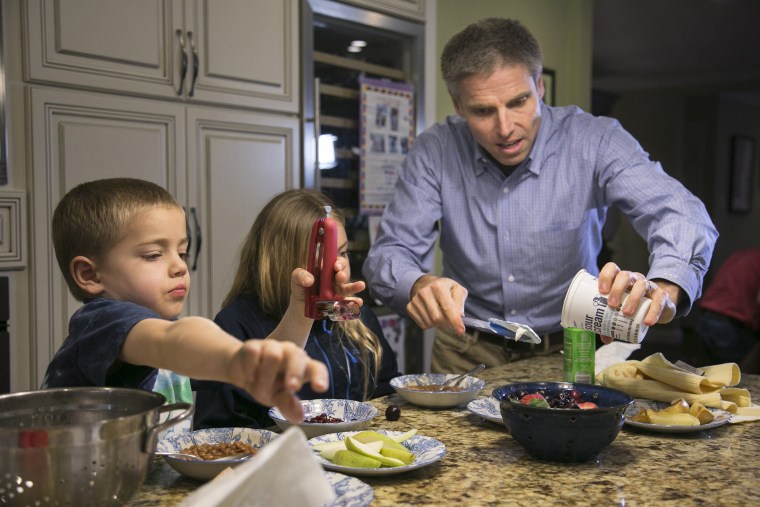We’ve all done it: put more food on our plates than we could possibly eat, bought something on impulse at the grocery story, pushed something to the back of the fridge that is discovered when it looks like a middle school science experiment. Many of us don’t even think twice about food waste. But if you follow a few simple guidelines, it’s easy to make an impact, especially on your wallet. The Natural Resources Defense Council has a simple list of suggestions.
Shop Wisely Plan meals, use shopping lists, buy from bulk bins and avoid impulse buys. Don’t succumb to marketing tricks that lead you to buy more food than you need, particularly for perishable items. Though these may be less expensive per ounce, they can be more expensive overall if much of that food is discarded.
Buy Funny Fruit Many fruits and vegetables are thrown out because their size, shape or color, are not “right”. Buying these perfectly good funny fruits, at the farmer’s market or elsewhere, utilizes food that might otherwise go to waste.
Learn When Food Goes Bad “Sell-by” and “use-by” dates are not federally regulated and do not indicate safety, except on certain baby foods. Rather, they are manufacturer suggestions for peak quality. Most foods can be safely consumed well after their use-by dates.
Mine Your Fridge Websites such as www.lovefoodhatewaste.com can help you get creative with recipes to use up anything that might go bad soon.
Use Your Freezer Frozen foods remain safe indefinitely. Freeze fresh produce and leftovers if you won’t have the chance to eat them before they go bad.
Request Smaller Portions Restaurants will often provide half-portions upon request at reduced prices.
Eat Leftovers Ask restaurants to pack up your extras so you can eat them later. Freeze them if you don’t want to eat immediately. Only about half of Americans take leftovers home from restaurants.
Compost Composting food scraps can reduce their climate impact while also recycling their nutrients. Food makes up almost 13 percent of the U.S. waste stream, but a much higher percent of landfill-caused methane.
Donate Non-perishable and unspoiled perishable food can be donated to local food banks, soup kitchens, pantries and shelters. Local and national programs frequently offer free pick-up and produce reusable containers to donors.
